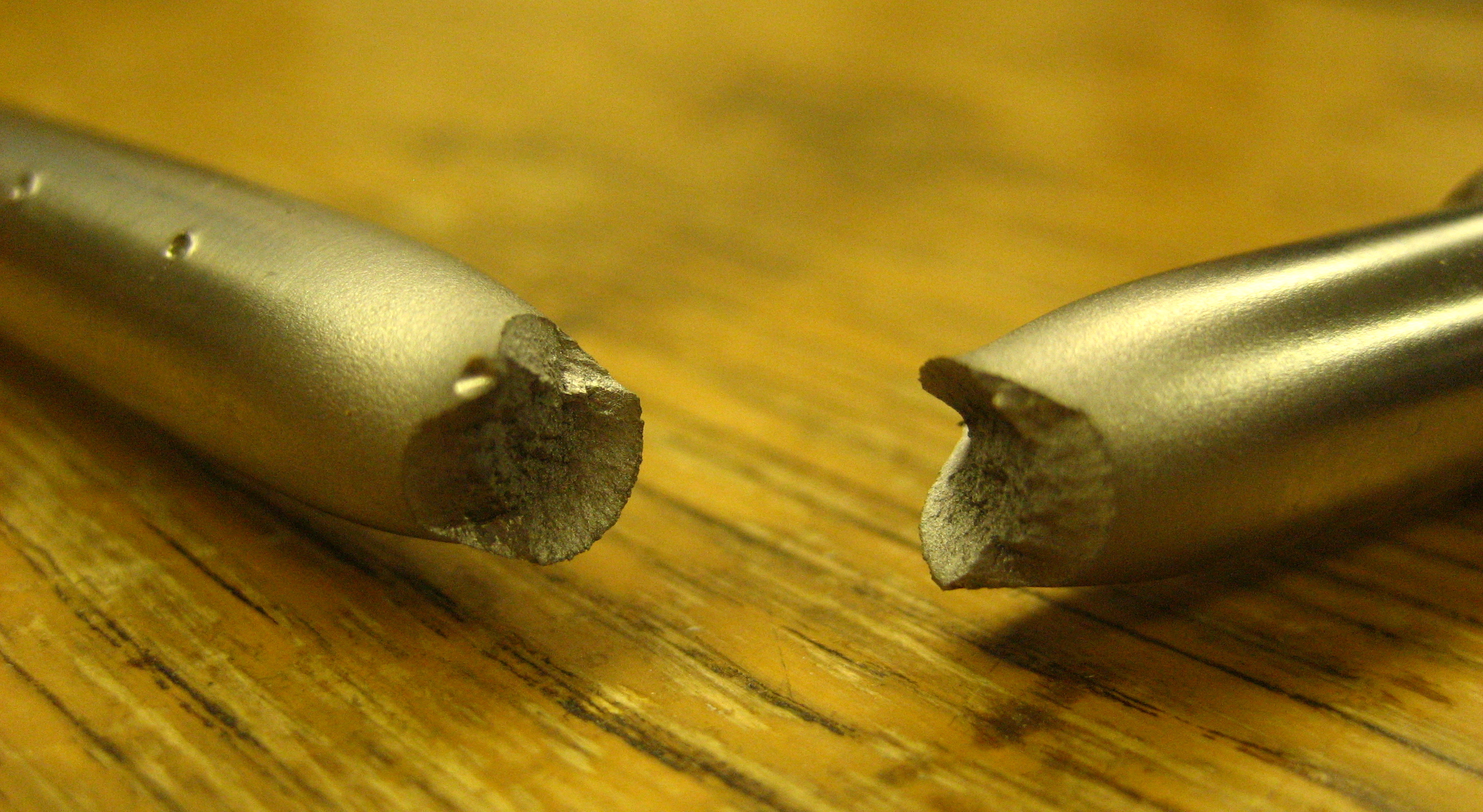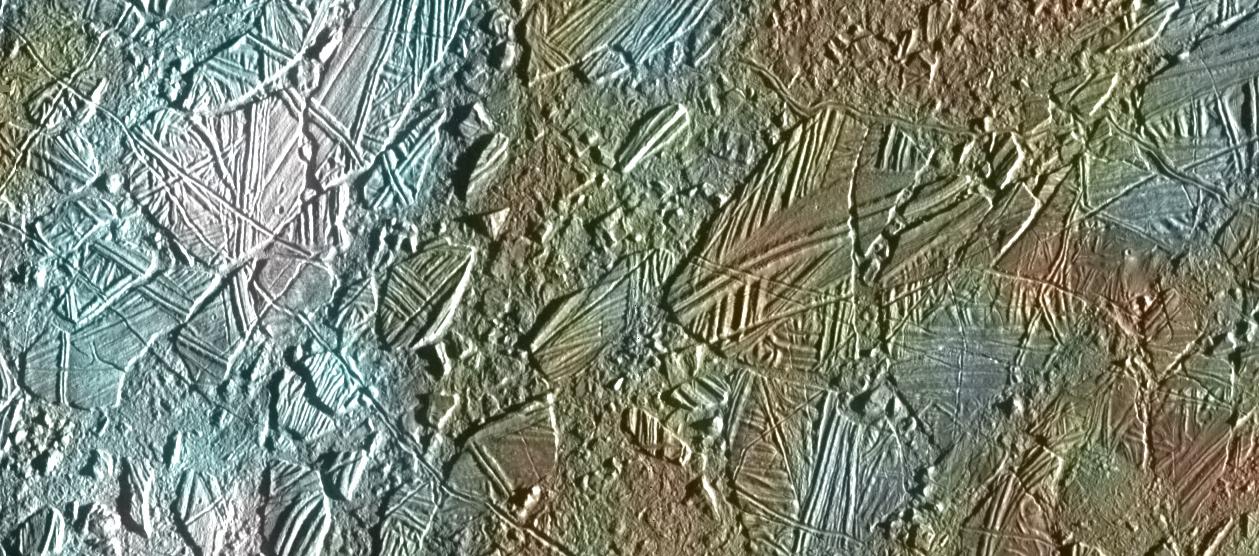|
Arachnoid (astrogeology)
In astrogeology, an arachnoid is a large geological structure resembling a spider web. They are of unknown origin, and have been found only on the surface of the planet Venus. They appear as concentric ovals surrounded by a complex network of fractures, and can span 200 kilometers. Over 90 arachnoids have been identified on Venus. Arachnoids could be related to volcanos, however it is also possible that different arachnoids are formed by different processes.This article contains text from the Astronomy Picture of the Daybr> As a work of the United States Federal Government, it is in the public domain. One possible explanation is that an upwelling of magma from the interior of the planet pushed up on the surface, causing cracks. An alternate theory concerning their origin is that they are a precursor to Corona (planetary geology), coronae formation. Much of what is known about arachnoids is the result of studies performed by C.B. Dawson and L.S. Crumpler. See also * Ch ... [...More Info...] [...Related Items...] OR: [Wikipedia] [Google] [Baidu] |
Astrogeology
Planetary geology, alternatively known as astrogeology or exogeology, is a planetary science discipline concerned with the geology of celestial bodies such as planets and their moons, asteroids, comets, and meteorites. Although the geo- prefix typically indicates topics of or relating to Earth, planetary geology is named as such for historical and convenience reasons; due to the subject matter, it is closely linked with more traditional Earth-based geology. Planetary geology includes such topics as determining the properties and processes of the internal structure of the terrestrial planets, surface processes such as volcanism, impact craters, even fluvial and aeolian action where applicable. Despite their outermost layers being dominated by gases, the giant planets are also included in the field of planetary geology, especially when it comes to their interiors. Fields within Planetary geology are largely derived from fields in the traditional geological sciences, such as geoph ... [...More Info...] [...Related Items...] OR: [Wikipedia] [Google] [Baidu] |
Spider Web
A spider web, spiderweb, spider's web, or cobweb (from the archaic word ''Wikt:coppe, coppe'', meaning 'spider') is a structure created by a spider out of proteinaceous spider silk extruded from its spinnerets, generally meant to catch its prey. Spider webs have existed for at least 100 million years, as witnessed in a rare find of Early Cretaceous amber from Sussex, in southern England. Many spiders build webs specifically to trap and catch insects to eat. However, not all spiders catch their prey in webs, and some do not build webs at all. The term "spider web" is typically used to refer to a web that is apparently still in use (i.e., clean), whereas "cobweb" refers to a seemingly abandoned (i.e., dusty) web. However, the word "cobweb" is also used by biologists to describe the tangled three-dimensional web of some spiders of the family Theridiidae. While this large family is known as the cobweb spiders, they actually have a huge range of web architectures; other names for thi ... [...More Info...] [...Related Items...] OR: [Wikipedia] [Google] [Baidu] |
Planet Venus
Venus is the second planet from the Sun. It is often called Earth's "twin" or "sister" planet for having almost the same List of Solar System objects by size, size and mass, and the closest orbit to Earth's. While both are rocky planets, Venus has an Atmosphere of Venus, atmosphere much thicker and denser than Earth and any other rocky body in the Solar System. Its atmosphere is composed of mostly carbon dioxide (), with a global sulfuric acid cloud cover and no List of largest lakes and seas in the Solar System, liquid water. At the mean surface level the atmosphere reaches a temperature of and a atmospheric pressure, pressure 92 times greater than Earth's at sea level, turning the lowest layer of the atmosphere into a supercritical fluid. Venus is the List of brightest natural objects in the sky, third brightest object in Earth's sky, after the Moon and the Sun, and, like Mercury (planet), Mercury, appears always relatively close to the Sun, either as a "morning star" or ... [...More Info...] [...Related Items...] OR: [Wikipedia] [Google] [Baidu] |
Concentric
In geometry, two or more objects are said to be ''concentric'' when they share the same center. Any pair of (possibly unalike) objects with well-defined centers can be concentric, including circles, spheres, regular polygons, regular polyhedra, parallelograms, cones, conic sections, and quadrics. Geometric objects are '' coaxial'' if they share the same axis (line of symmetry). Geometric objects with a well-defined axis include circles (any line through the center), spheres, cylinders, conic sections, and surfaces of revolution. Concentric objects are often part of the broad category of '' whorled patterns'', which also includes '' spirals'' (a curve which emanates from a point, moving farther away as it revolves around the point). Geometric properties In the Euclidean plane, two circles that are concentric necessarily have different radii from each other.. However, circles in three-dimensional space may be concentric, and have the same radius as each other, but nevert ... [...More Info...] [...Related Items...] OR: [Wikipedia] [Google] [Baidu] |
Fracture
Fracture is the appearance of a crack or complete separation of an object or material into two or more pieces under the action of stress (mechanics), stress. The fracture of a solid usually occurs due to the development of certain displacement discontinuity surfaces within the solid. If a displacement develops perpendicular to the surface, it is called a normal tensile crack or simply a crack; if a displacement develops tangentially, it is called a shear crack, slip band, or dislocation. #Brittle, Brittle fractures occur without any apparent deformation before fracture. #Ductile, Ductile fractures occur after visible deformation. Fracture strength, or breaking strength, is the stress when a specimen fails or fractures. The detailed understanding of how a fracture occurs and develops in materials is the object of fracture mechanics. Strength Fracture strength, also known as breaking strength, is the stress at which a specimen structural integrity and failure, fails via fra ... [...More Info...] [...Related Items...] OR: [Wikipedia] [Google] [Baidu] |
Volcano
A volcano is commonly defined as a vent or fissure in the crust of a planetary-mass object, such as Earth, that allows hot lava, volcanic ash, and gases to escape from a magma chamber below the surface. On Earth, volcanoes are most often found where tectonic plates are diverging or converging, and because most of Earth's plate boundaries are underwater, most volcanoes are found underwater. For example, a mid-ocean ridge, such as the Mid-Atlantic Ridge, has volcanoes caused by divergent tectonic plates whereas the Pacific Ring of Fire has volcanoes caused by convergent tectonic plates. Volcanoes resulting from divergent tectonic activity are usually non-explosive whereas those resulting from convergent tectonic activity cause violent eruptions."Mid-ocean ridge tectonics, volcanism and geomorphology." Geology 26, no. 455 (2001): 458. https://macdonald.faculty.geol.ucsb.edu/papers/Macdonald%20Mid-Ocean%20Ridge%20Tectonics.pdf Volcanoes can also form where there is str ... [...More Info...] [...Related Items...] OR: [Wikipedia] [Google] [Baidu] |
Astronomy Picture Of The Day
Astronomy is a natural science that studies celestial objects and the phenomena that occur in the cosmos. It uses mathematics, physics, and chemistry in order to explain their origin and their overall evolution. Objects of interest include planets, moons, stars, nebulae, galaxies, meteoroids, asteroids, and comets. Relevant phenomena include supernova explosions, gamma ray bursts, quasars, blazars, pulsars, and cosmic microwave background radiation. More generally, astronomy studies everything that originates beyond Earth's atmosphere. Cosmology is a branch of astronomy that studies the universe as a whole. Astronomy is one of the oldest natural sciences. The early civilizations in recorded history made methodical observations of the night sky. These include the Egyptians, Babylonians, Greeks, Indians, Chinese, Maya, and many ancient indigenous peoples of the Americas. In the past, astronomy included disciplines as diverse as astrometry, celestial navigati ... [...More Info...] [...Related Items...] OR: [Wikipedia] [Google] [Baidu] |
Corona (planetary Geology)
In planetary geology, a corona (plural: coronae ) is an oval-shaped feature. Coronae appear on both the planet Venus and Uranus's moon Miranda and may be formed by upwellings of warm material below the surface. Coronae on Venus The geodynamic surface of Venus is dominated by patterns of basaltic volcanism, and by compressional and extensional tectonic deformation, such as the highly deformed tesserae terrain and the concentrically-fractured coronae. On Venus, coronae are large (typically several hundred kilometres across), crown-like, volcanic features. Coronae were first identified in 1983, when the radar imaging equipment aboard the Venera 15 and Venera 16 spacecraft produced higher-resolution images of some features previously thought to be impact craters. It is believed that coronae are formed when plumes of rising hot material in the mantle push the crust upwards into a dome shape, which then collapses in the centre as the molten magma cools and leaks out at the sid ... [...More Info...] [...Related Items...] OR: [Wikipedia] [Google] [Baidu] |
Chaos Terrain
In astrogeology, chaos terrain, or chaotic terrain, is a planetary surface area where features such as ridges, cracks, and plains appear jumbled and enmeshed with one another. Chaos terrain is a notable feature of the planets Mars and Mercury, Jupiter's moon Europa, and the dwarf planet Pluto. In scientific nomenclature, "chaos" is used as a component of proper nouns (e.g., "Aureum Chaos" on Mars). On Mars File:Wikichaosmap.jpg, Topography map of Oxia Palus region of Mars, showing the location of a number of chaos regions File:Mapbeer.jpg, Map showing location of Arsinoes Chaos (far left), Iani Chaos, Aureum Chaos, Margaritifer Chaos, and other nearby features File:Margaritifer Sinus Map.JPG, Map of Margaritifer Sinus quadrangle with major features labeled. Aureum Chaos is near the top of the map. File:Canyons and Mesas of Aureum Chaos in Oxia Palus.JPG, Huge canyons in Aureum Chaos, as seen by THEMIS. Gullies are rare at this latitude. Image from Margaritifer Sinus ... [...More Info...] [...Related Items...] OR: [Wikipedia] [Google] [Baidu] |
Geysers On Mars
Martian geysers (or jets) are putative sites of small gas and dust eruptions that occur in the Planum Australe, south polar region of Mars during the spring thaw. "Dark dune spots" and "spiders" – or araneiforms – are the two most visible types of features ascribed to these eruptions. Martian geysers are distinct from geysers on Earth, which are typically associated with hydrothermal activity. These are unlike any terrestrial geological phenomenon. The reflectance (albedo), shapes and unusual spider appearance of these features have stimulated a variety of hypotheses about their origin, ranging from differences in frosting reflectance, to explanations involving biological processes. However, all current geophysical models assume some sort of jet or geyser-like activity on Mars. Their characteristics, and the process of their formation, are still a matter of debate. These features are unique to the south polar region of Mars in an area informally called the 'cryptic region' ... [...More Info...] [...Related Items...] OR: [Wikipedia] [Google] [Baidu] |
Pancake Dome
A pancake dome is an unusual type of lava dome found on the planet Venus. They are widely scattered on that planet and often form groups or clusters, though with smaller numbers of pancake domes in each group than is typical for the more common shield volcanos. They are commonly found near coronae and ''tesserae'' (large regions of highly deformed terrain, folded and fractured in two or three dimensions, believed to be unique to Venus) in the lowland plains. Pancake domes are between 10 and 100 times larger than volcanic domes formed on Earth. Description Pancake domes have a broad, flat profile similar to shield volcanoes and are thought to form from one large, slow eruption of viscous silica-rich lava. They usually have a central pit- or bowl-like feature similar to a volcanic crater, but it is thought that these pits form after the eruption as the lava cools and emits gas rather than being a vent from which the lava originated. The surface of pancake domes are covered with pat ... [...More Info...] [...Related Items...] OR: [Wikipedia] [Google] [Baidu] |






